16 Eye-Opening Insights Into The World’s Remaining Wolf Population
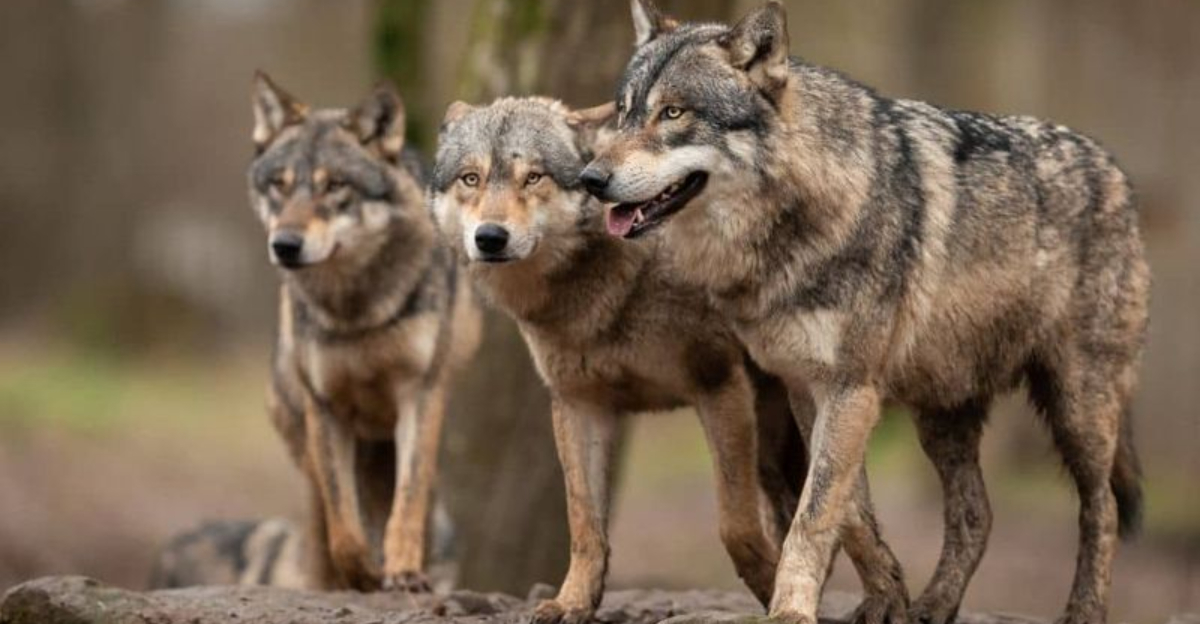
Imagine walking through a dense forest and suddenly realizing that not every howl is just from the wind.
These are the whispers of a species that has roamed the Earth for millennia, their tales etched into the landscapes they inhabit.
Wolves, powerful and enigmatic, continue to intrigue us with their mysterious ways.
1. Arctic Survivors
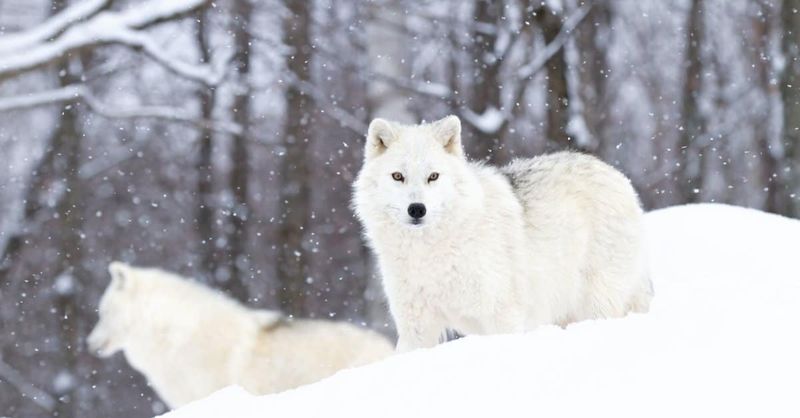
Not your average neighbor, Arctic wolves have mastered living where few dare to tread. Imagine icy winds as a daily companion!
These wolves call the frigid Arctic Circle home, effortlessly navigating the snowy terrain.
Their thick, white coats not only blend them into their icy surroundings but act as nature’s thermal blanket, keeping them snug even when temperatures drop dramatically.
2. Pack Politics
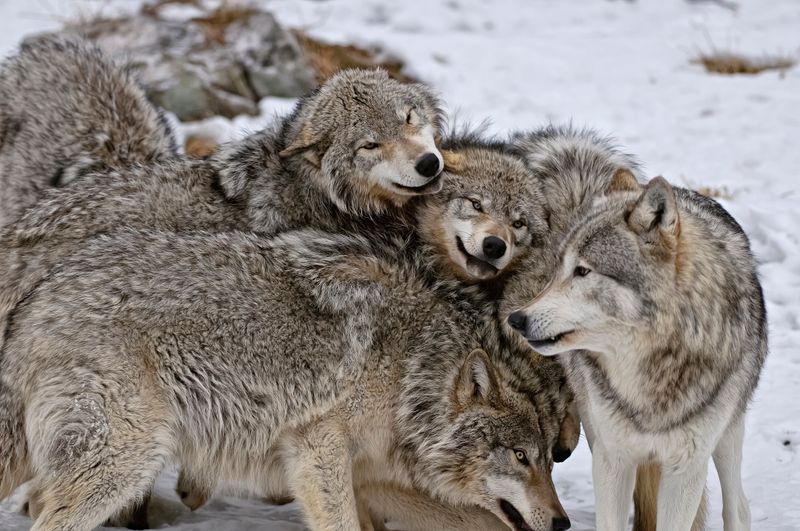
Ever thought family dinners were complicated? Try the social dynamics of a wolf pack! Wolves are the ultimate team players, with a hierarchy that would impress even the most organized humans.
Led by the alpha pair, each member has its own role, ensuring the pack’s survival. This structure is not just for show. It’s crucial for hunting, raising pups, and defending territory.
Next time you’re navigating group projects, channel your inner wolf!
3. Lone Wanderers
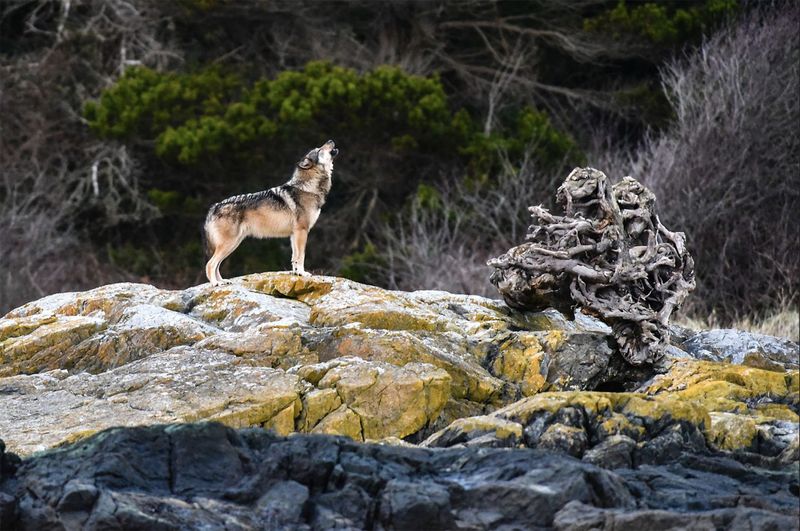
Who says you need a crowd to make a statement? Some wolves prefer the solitary life, exploring vast territories on their own terms.
These lone wolves are the true adventurers, embarking on journeys that can cover over 500 miles.
While it sounds lonely, these individuals often end up founding new packs, continuing the cycle of wolf life.
Their solitary nature allows them to explore new territories and find mates, ensuring their legacy lives on.
4. Howl Communication
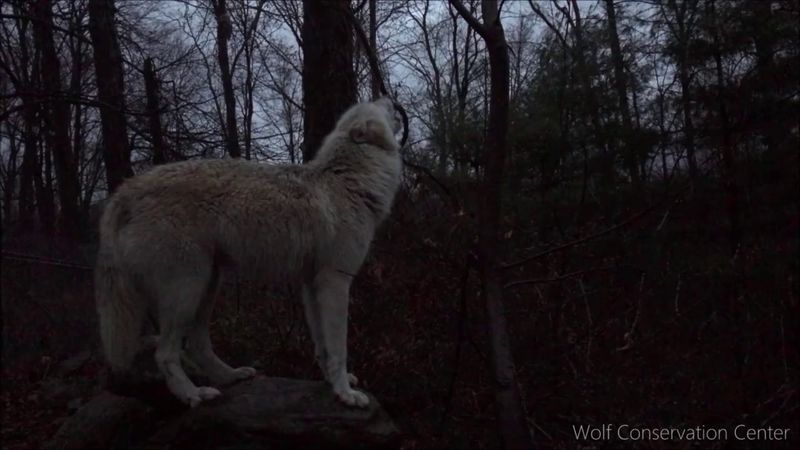
Ever wondered if wolves have a group chat? Their howls are nature’s messaging service, and it’s as effective as ever. Each howl is unique, broadcasting messages about territory, pack location, or even just a friendly “hello.”
These vocalizations can travel up to 10 miles in open terrain! It’s a melody that can send chills down your spine and thrill your senses. Next time you’re in the woods, listen closely; you might just overhear a wolf conversation.
5. Diet Diversity
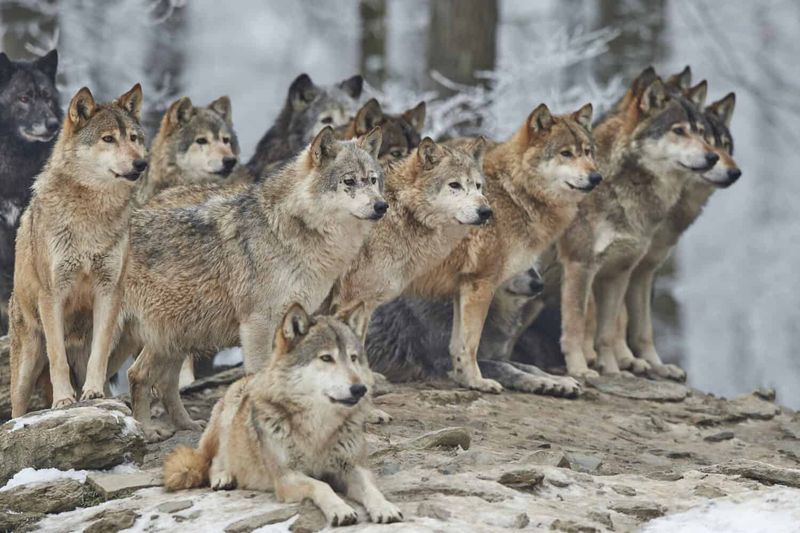
Wolves aren’t picky eaters, and their menu is as varied as a buffet! Depending on their habitat, they might feast on deer, elk, or even smaller critters like rabbits. They’re opportunistic hunters, adapting to whatever’s available.
This adaptability ensures their survival across different environments, showcasing their incredible resilience. So the next time you’re deciding what to have for dinner, remember the wolves and their diverse choices.
6. Ancient Relatives
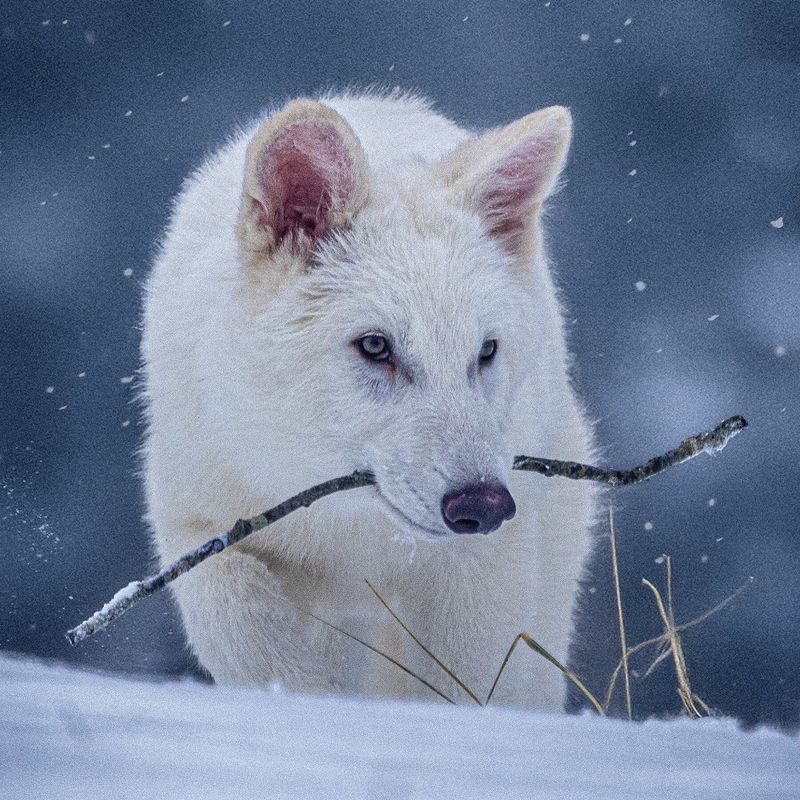
Did you know that today’s wolves have ancient relatives that roamed alongside saber-toothed cats? Meet the dire wolf, a prehistoric giant that makes current wolves look petite.
While they’ve been extinct for thousands of years, their legacy lives on in the DNA of today’s gray wolves. Imagine a wolf that could have given your average bear a run for its money!
7. Colorful Coats
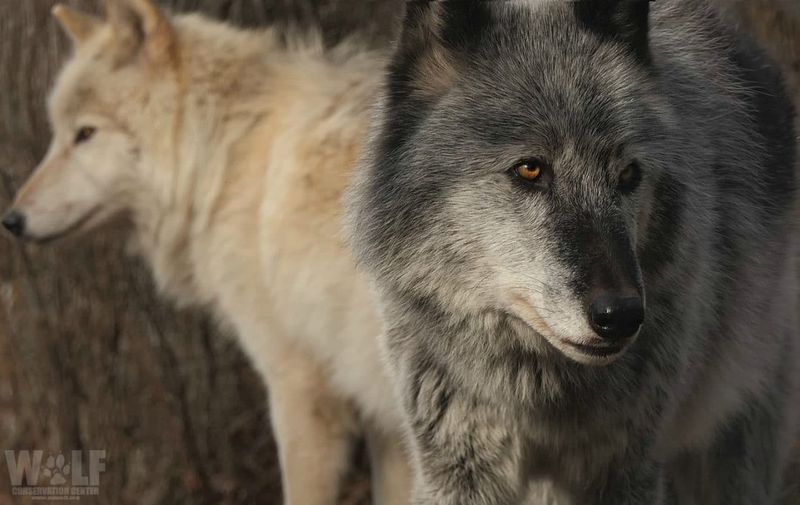
Gray wolf? Think again! Wolf coats come in a variety of colors, from the classic gray to striking black or even pure white. This diversity is not just for fashion; it helps them adapt to different environments.
The color of a wolf’s coat can even change with the seasons, providing camouflage against predators and prey. Wolves are true masters of disguise, blending seamlessly into their surroundings.
8. Cultural Significance
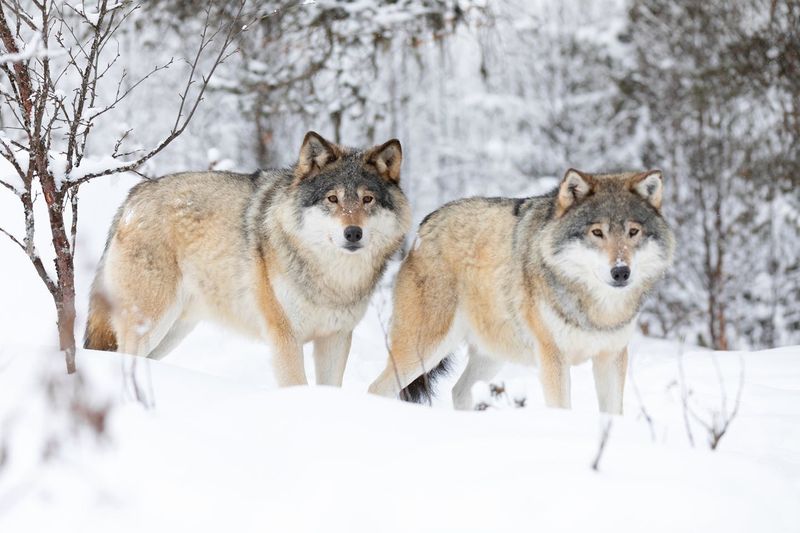
Wolves have captured human imagination for centuries, appearing in folklore, mythology, and art. They’re often seen as symbols of strength, loyalty, and wilderness.
In Native American culture, wolves are revered as teachers and pathfinders, embodying the spirit of the wild. This deep cultural significance highlights the powerful bond between humans and wolves.
9. Rewilding Success

Believe in second chances? Wolves have been reintroduced to areas where they once roamed, such as Yellowstone National Park. This rewilding has sparked a positive ecological chain reaction.
Wolves control deer populations, allowing vegetation to thrive, and even affecting river patterns! This demonstrates nature’s incredible balance and the role predators play.
10. Scent Markers

Forget GPS, wolves have a built-in navigation system! They use scent marking to define their territory, communicating boundaries through an invisible map of scents.
This behavior helps avoid conflicts with neighboring packs and ensures their territory is respected. It’s like having an invisible fence that others know not to cross.
11. Global Presence

Wolves are true citizens of the world, with populations spread across North America, Europe, and Asia. Each region hosts its own unique subspecies, adapted to the local environment.
Despite their widespread presence, wolves face challenges due to habitat loss and human conflict. Their global distribution is a testament to their adaptability and resilience.
12. Urban Adaptations
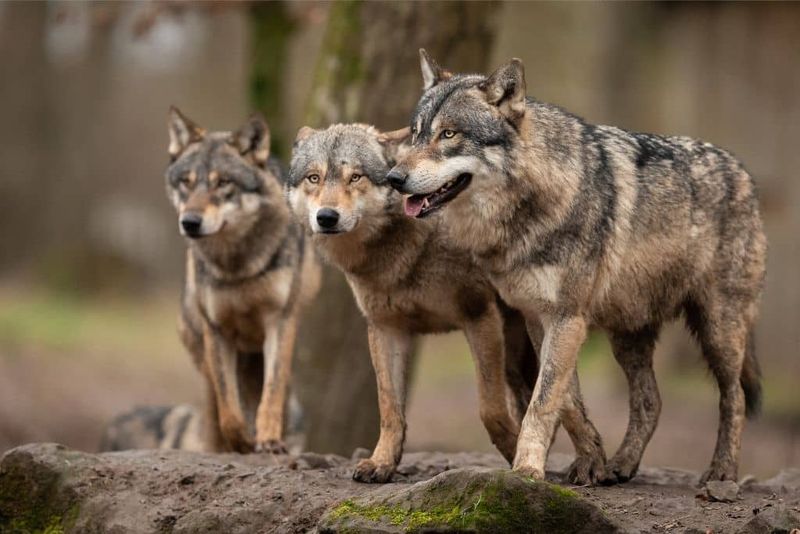
City life isn’t just for people; some wolves are adapting to urban environments. These urban wolves have learned to navigate busy streets, scavenging for food and avoiding humans.
Their ability to adapt to city living showcases their incredible survival skills. It’s a wolf-eat-dog world out there, but these wolves are thriving in the concrete jungle.
13. Pup Education
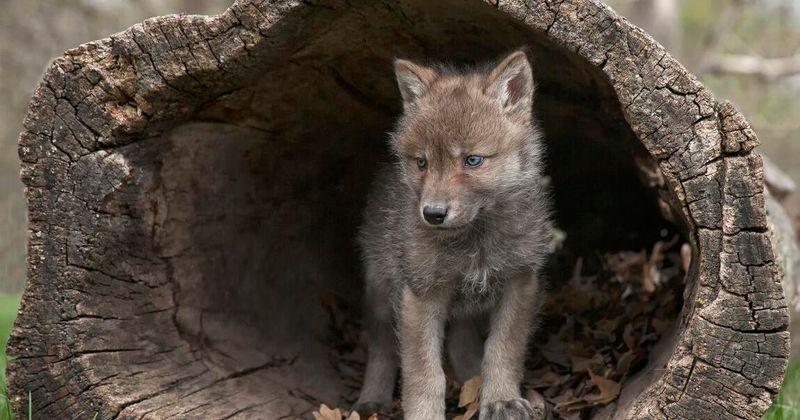
Learning isn’t just for humans. Wolf pups undergo rigorous training to become part of the pack. From a young age, they’re taught hunting techniques, communication skills, and social behaviors.
This education is crucial for their survival, ensuring they become valuable pack members.
14. Longevity In The Wild
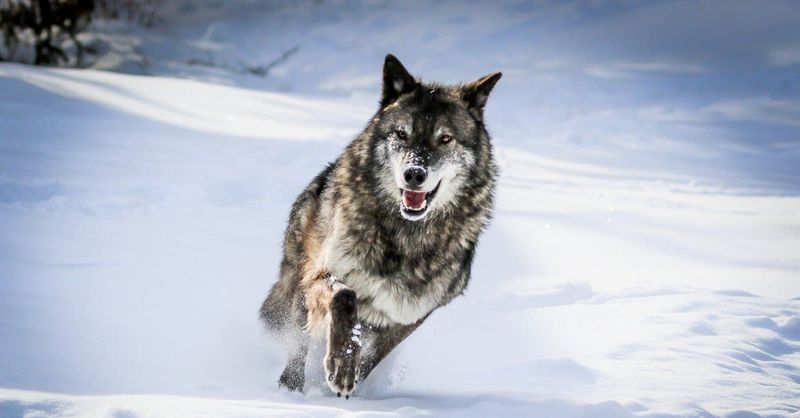
Wolves may not live as long as humans, but their wild life is packed with adventure. In the wild, a wolf’s lifespan ranges from 6 to 8 years, though some can live up to 13 years.
Their survival depends on their ability to hunt, avoid dangers, and navigate the complexities of pack life. Each year lived is a testament to their strength and resilience.
15. Endangered Status
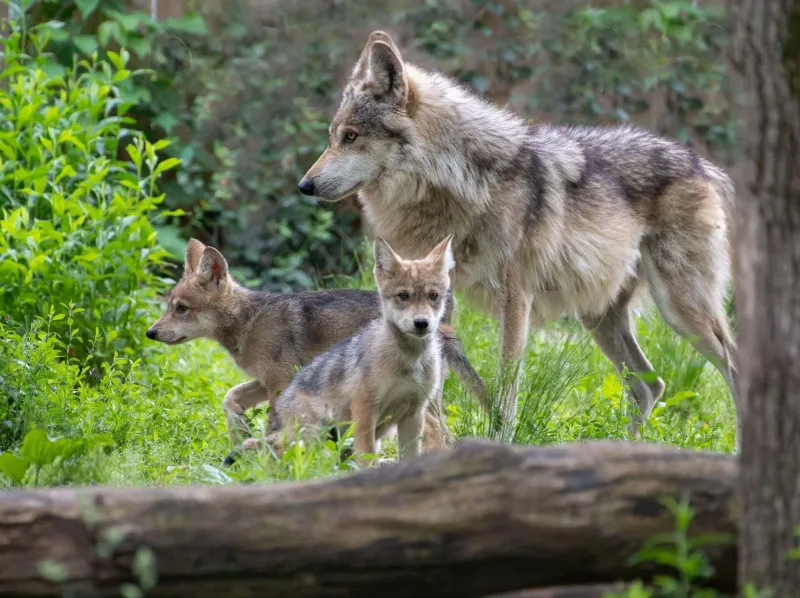
Some wolf populations, like the Mexican wolf, face critical endangerment. With fewer than 200 individuals remaining in the wild, conservation efforts are crucial.
These wolves face threats from habitat loss and human conflict, making their future uncertain. Conservation programs are working tirelessly to ensure their survival.
16. Wolf Legends
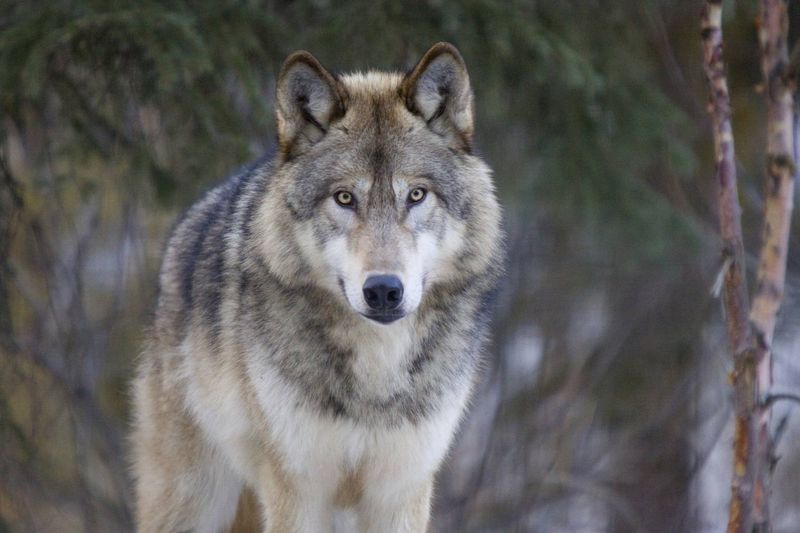
Throughout history, wolves have been the stuff of legends and myths. They appear in stories as both villains and heroes, highlighting their complex nature.
From werewolves to protective spirits, these tales reflect human fascination with wolves. Their legendary status cements their place in cultural and historical narratives.






